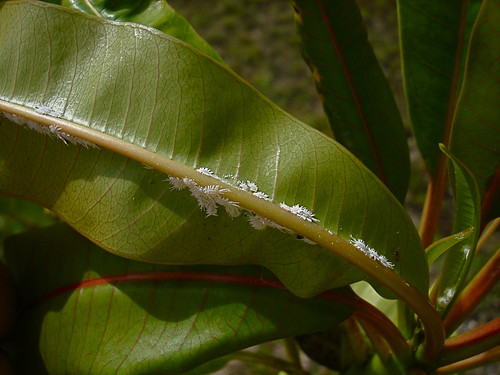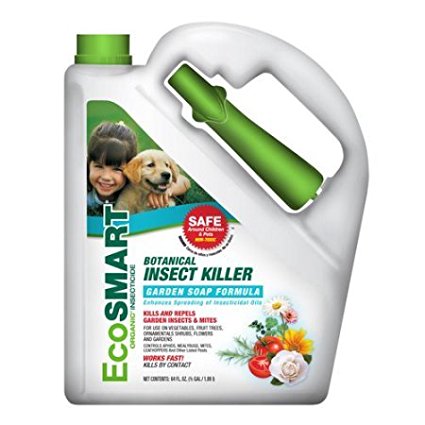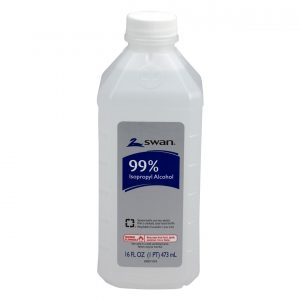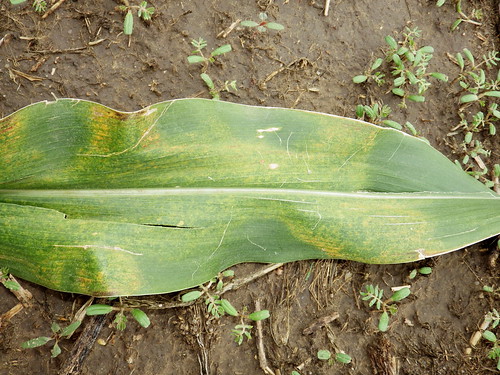How to Identify and Get Rid of Houseplant Insects
BY WIKILAWN | JANUARY 20TH, 2018 | GARDENING TIPSHouseplant insects, if not identified and removed properly, can kill your plants. It is important to spot early signs of infestation by regularly examining your plants especially those surrounded by other plants or placed in hard to reach locations and corners. Most insects are small and live on parts of the plants that are not usually visible such as under the leaves and nodes or around stems.
If you find your houseplants infested with insects, immediately isolate the affected plant and make sure that insects have not already spread. The next step to identify insects and use an appropriate insecticide to get rid of infestation. This following is a brief guide to identifying houseplant insects and getting rid of them.
Scale
Scales look like white cottony masses, sometimes with brown crusty bumps. Sometimes, they are flattened red or grey bodies. They can attack any part of the plant – stem, nodes or leaves where they suck sap from the plant and excrete sticky fluid. Scales are easily visible and are easily scraped off the plant surface.
How to get rid of scale insects – Scrape off larger scales and then use a soft brush dipped in soapy water or horticultural oil to clean affected areas thoroughly. Keep the plant under watch for at least a week and repeat the process, if required.
Mealybugs
Mealybugs usually look like scales because of their size and appearance. They are identified by their white waxy body and their habit of living in clusters. Plants infested with mealybugs would look distinctly weak, unhealthy and covers with sticky sap. Mealybugs usually live underside of leaves and cause deformation of leaves.
How to get rid of mealybugs – Mealybugs can spread quickly and are difficult to control. If spotted earlier, mealybugs can be removed by wiping off the affected parts with a damp cloth or cotton swabs dipped in rubbing alcohol. Serious infestation can be controlled by using an appropriate insecticide and re-potting the plant with fresh soil. Do not use the infested soil.
If possible, use organic insecticides such as EcoSmart Organic Botanical Garden Insect Killer. I prefer organic pesticides because they use natural plant oils and have no harmful effects on humans and pets. Most organic pesticides are odorless and can be used safely on indoor plants.
Thrips
Thrips are one of the most common and difficult to control houseplant insects. They feed on fruits, flowers, leaves and stems of houseplants and lay eggs in silts they cut in plants. The eggs, if left unattended, hatch and send off a fresh colony of thrips.
How to get rid of thrips – There are thousands of species of thrips varying is size and color – some are easily identified and controlled whereas some of them are more resilient. Most species of thrips can be controlled by using an organic insecticide.
Aphids
Aphids are small green, pink, brown, yellow or black insects that usually attach young buds, new foliage, and stems. These pesky houseplant insects live in small clusters and suck sap from plants resulting in weak growth and wilted leaves.
How to get rid of aphids – Isolate affected plants. If caught earlier, wipe off insects with cotton swabs dipped in rubbing alcohol. Keep the plant under watch and repeat the process every two or three days until full rescue. If infestation is severe, use an appropriate insecticide. You may have to spray the plant multiple times at weekly intervals.
Whiteflies
Whiteflies, like most houseplant insects, weaken plants by sucking plant sap and coating parts of the plants with sticky substance. Whiteflies are small, white flying insects that flutter around the plants and lay eggs under the foliage. Affected plants show signs of weak growth and poor foliage.
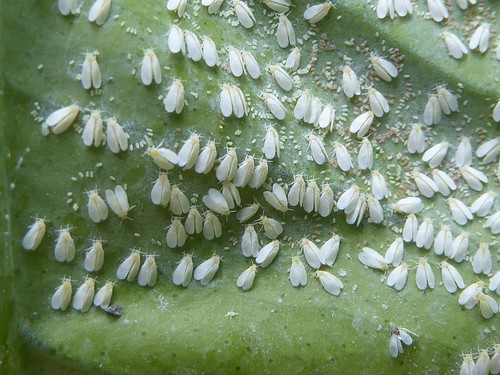
How to get rid of whiteflies – Move the plant to an airy spot. Wipe off eggs and larva with damp cloth or cotton swabs dipped in rubbing alcohol. If the infestation is severe, use an insecticidal soap or an appropriate organic insecticide.
Spider mites
Spider mites are too small houseplant insects to be noticed easily. They are wind surfers and easily travel from one plant to another. Spider mites live underside leaves where they spin protective webbing. These pesky insects damage leaves by sucking sap and making holes in them. Affected leaves usually show sign of discoloration or prominent yellow stripes. Spider mites reproduce quickly in a dry environment such as in a greenhouse.
How to get rid of spider mites – Remove affected leaves and stems. Wash the plan with a strong stream of water and then use an insecticide, preferably an organic insecticide like EcoSmart Organic Botanical Garden Insect Killer.

